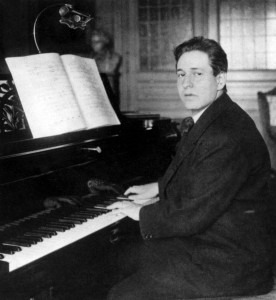
Korngold
Credit: http://tarisio.com/
Pauer’s key characteristics for B major are that it is: “a key but seldom used, expresses in fortissimo boldness and pride; in pianissimo purity and the most perfect clearness.”
As Pauer notes, there are relatively few pieces in B major. Chopin, however, loved B major because he considered one of the easiest scales to play since it uses all the black notes on a piano and falls well under the hand (conversely, he thought C major one of the most difficult to play evenly because of its lack of black notes).
Haydn’s Symphony No. 46, written in 1772, in B major, was a highly unusual choice for a key since, given the developing state of the instruments of the day, it was going to be difficult for the instruments to stay in tune as he modulated into more and more remote keys. The final movement, however, seems to follow Pauer’s key definitions; listen here for how Haydn not only uses sound, but also how he uses the quick silences.
Haydn: Symphony No. 46 in B Major, Hob.I:46:I V. Finale: Presto e scherzando (Cologne Chamber Orchestra ; Helmut Müller-Brühl, cond.)
No other well-known composer of Haydn’s time wrote a B major symphony, although more modern composers did venture that way, most notably Erich Korngold in his Sinfonietta, Op. 5, in 1912 and Shostakovich in his Symphony No. 2 from 1927.
Korngold: Sinfonietta in B major, Op. 5: I. Fliessend, mit heiterem Schwunge (Helsinki Philharmonic Orchestra; John Storgårds, cond. )
What pieces do you think should be added here? Keep in mind that the piece should date from before 1876, when Pauer’s book was published. Another guideline might be to note the relatively small list of composers he gave as examples: Haydn, Mozart, Beethoven, Mendelssohn, Schubert Rossini, Weber, and Spohr – all stalwarts of German classicism / romanticism.

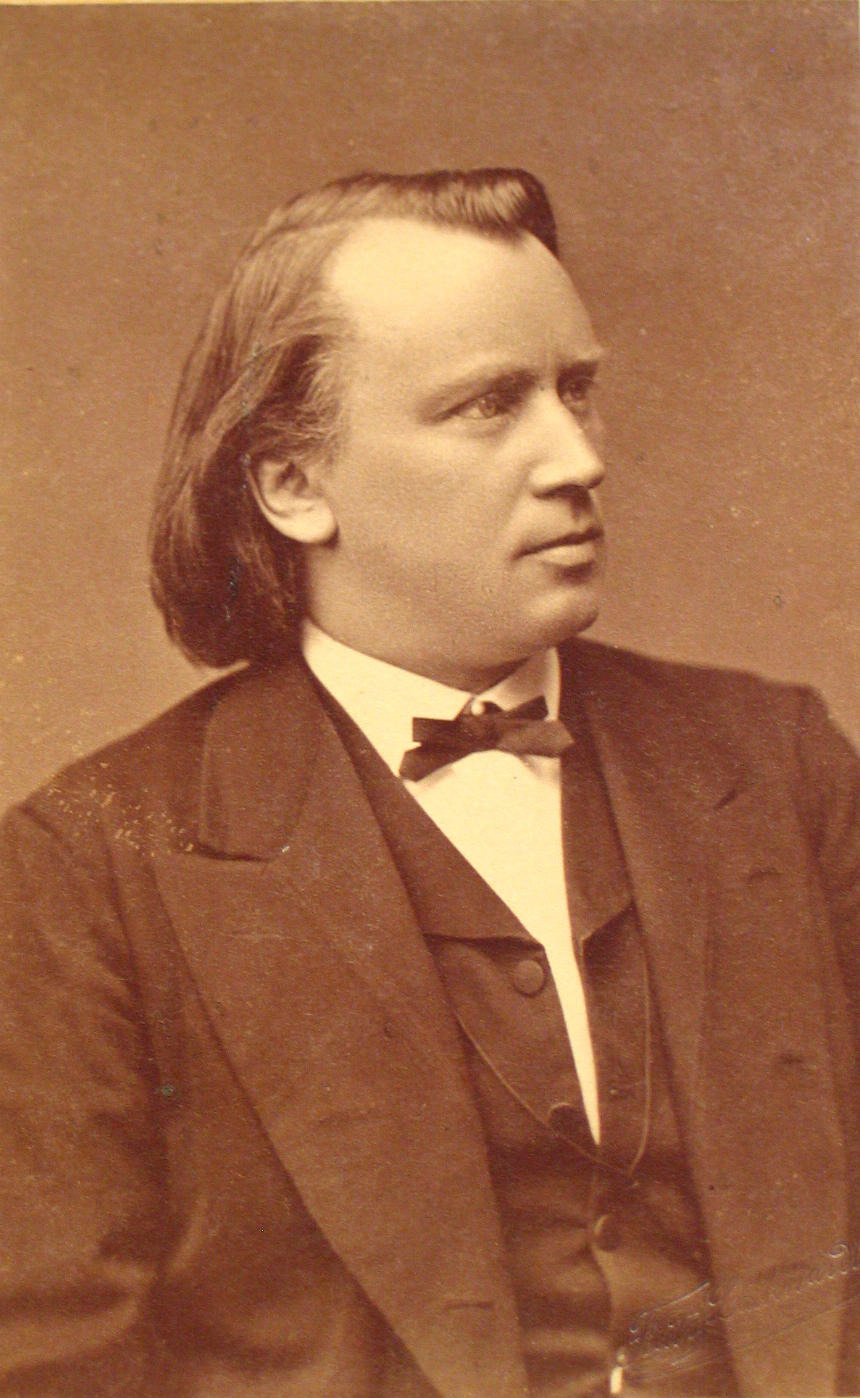
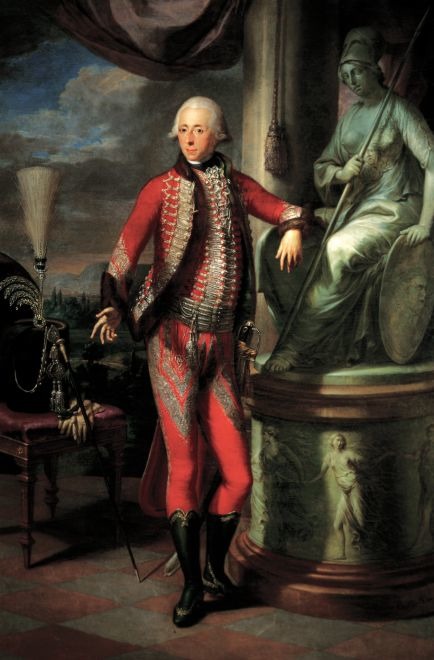
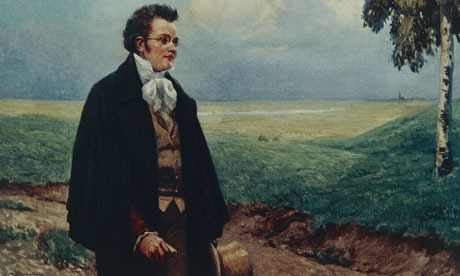
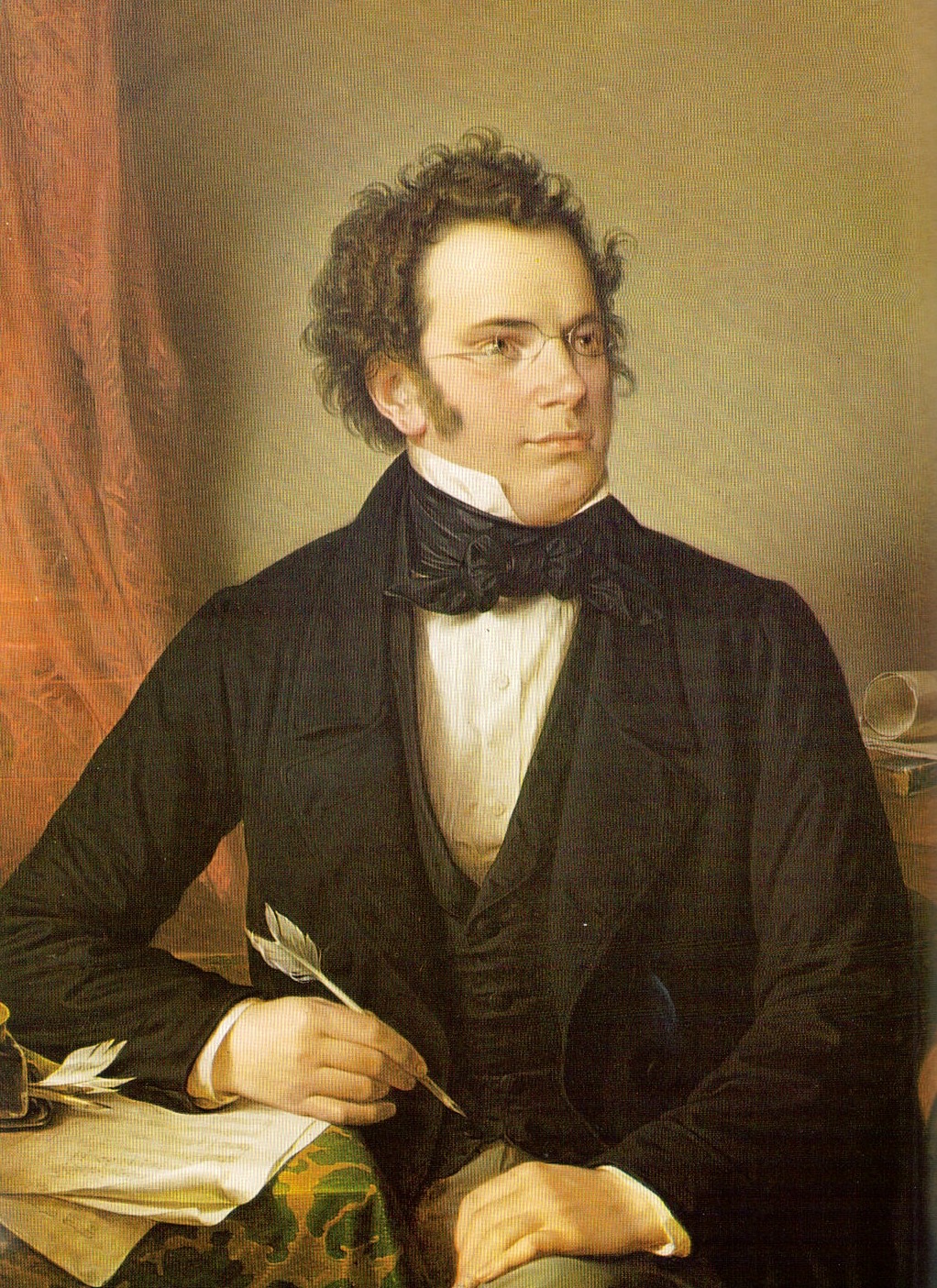
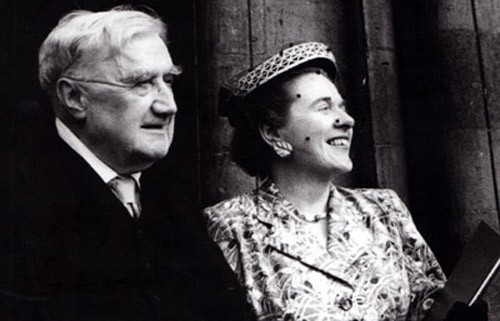
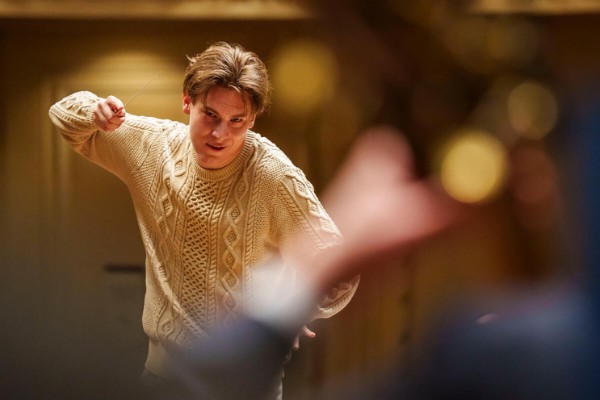
Rachmaninov: Prelude op.32 no.11
When I think of B Major, I already think of the majestic ending of Stravinsky’s Firebird from 1910
And also, the most virtuosistic excerpt from Liszt’s Sonata in B minor is in B major
Absolutely Firebird my goodness! I had the brass chords stuck in my head today and was Googling around for just ‘B major symphonies’ – I’m glad Felipe’s answer is here. What an absolute stunner!!!
B major sounds like peace and hope; calmness and acceptance after making one’s choice. Like, “I happily accept my fate, these are my feelings, and I’m at peace.”
Think of pop songs for example:
“I Believe,” Blessid Union of Souls
“True Blue,” Madonna
“Un Poco de Amor,” Shakira
“Camera One,” Josh Joplin Group
Last, but not least: Beethoven’s “Emperor Concerto” Opus 73. The 2nd movement is (famously) written in B major. One could argue that Beethoven is laying the foundation for the Romantic era of Chopin, Mendelssohn, Schumann and Liszt in his Nocturne-like “Adagio un poco mosso.”